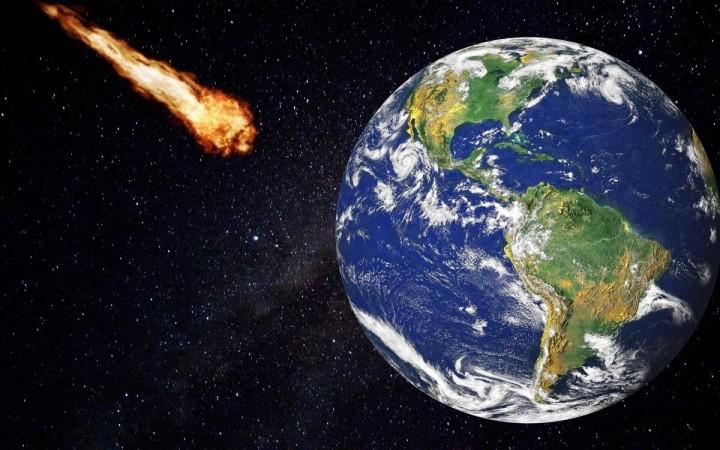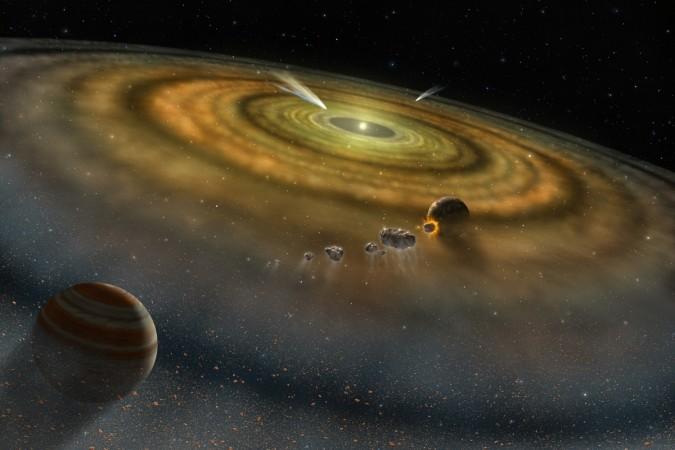Apart from the pandemic and the insurgency, there's another thing that inhabitants of planet Earth need to be on the lookout for this weekend.
An asteroid speeding at 94,000 kms per hour is to approach Earth tonight, that is on August 21 at around 11.10 am EDT. Furthermore, NASA (National Aeronautics and Space Administration) has classified the asteroid as 'potentially hazardous.'

Simply translated, that means an object, which measures 4,500 feet in diameter, has joined the list of asteroids approaching Earth. The asteroid in question has been named 2016 AJ193 and it will be the closest to Earth on the night of August 21.
How far and how close to Earth
While passing the Earth, the asteroid will be at a distance that is nine times the distance between Earth and the Moon. While that may give the impression that it's way too far to have any impact on the Earth, that is not true. After tonight, the object will next come close to Earth's orbit in the year 2063. Although NASA, after predicting its orbital track, expects no harm to be caused this time around.
As per the information shared by the astronomers, the object will be cruising at a speed of 94,208 kilometres per hour. Astronomers will be able to watch the asteroid move past Earth in its orbit using telescopes.

First information on the asteroid
The asteroid was first spotted in 2016 by the Panoramic Survey Telescope and Rapid Response System (Pan-STARSS) facility at Haleakala Observatory, Hawaii. Despite early spotting, a lot of things about the asteroid are still unknown such as its rotation period, pole direction and spectral class.
The asteroid orbits around the Sun every 5.9 years. As it gets relatively close to Earth's orbit, but then travels beyond the orbit of Jupiter. However, August 21 night is when it will be closest to Earth for the next 65 years.
The significance of asteroids for Earth
Technically defined as left over formations from the time solar system was formed about 4.6 billion years ago, an asteroid is a near-Earth object. Only a few robotics spacecraft missions have been able to encounter asteroids up close. The interest and significance of asteroids lies in the fact that they are remnant debris from the solar system formation process.
Since some of them can even collide with the Earth, an eye out for them is inevitable for human life's continuity. They have also significantly modified the Earth's biosphere in the past. NASA tracks over 26,000 asteroids that are classified as near-Earth. NASA'S Centre for Near-Earth Object Studies has classified more than 27,000 near-Earth objects as of August 15. Out of these, about 1000 asteroids are considered as potentially hazardous.
The first person ever to discover an asteroid was Giuseppe Piazza, who in 1801, accidentally discovered an object 1,000 kilometres in diameter between Mars and Jupiter. While most of them are numbered in the order of their discovery, some really significant ones have been named too.

















